What is a Railway Excavator Dustpan Bucket?
A railway excavator dustpan bucket is a specialized attachment designed for excavators working in railway environments. This innovative tool combines the power of an excavator with a uniquely shaped bucket, resembling a large dustpan. It's engineered to efficiently clear debris, maintain ballast, and handle various materials along railway tracks. The dustpan bucket's wide, flat design allows for optimal material collection while its reinforced structure ensures durability in challenging rail maintenance tasks.
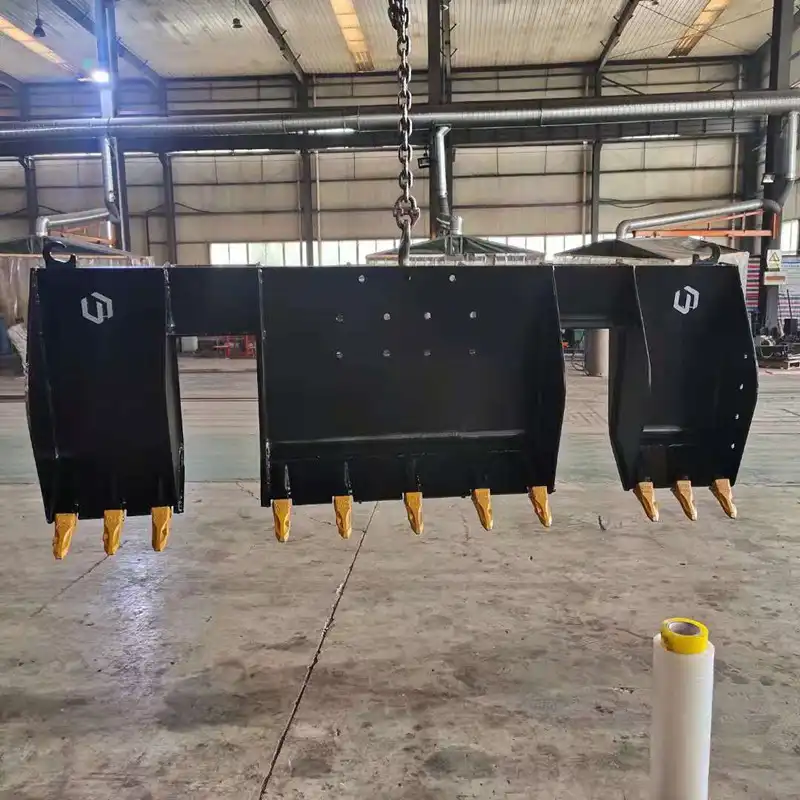
An Excavator Attachment Designed For Railway Clearing
Efficient Ballast Cleaning and Maintenance
Railway excavator dustpan buckets excel in ballast cleaning and maintenance operations. Their unique shape allows them to effectively scoop up and sift through ballast material, removing debris and contaminants that can compromise track stability. This efficient process helps maintain the integrity of the rail bed, ensuring smoother and safer train operations.
The bucket's design enables operators to clean large sections of track quickly, reducing maintenance downtime and increasing overall efficiency. Its ability to handle various types of ballast material makes it a versatile tool for different railway environments, from urban transit systems to long-distance freight lines.
Specialized Design for Railway Track Environments
The dustpan bucket's design is tailored specifically for the unique challenges of railway environments. Its low-profile shape allows it to work effectively between and around rails without damaging track infrastructure. The bucket's width is optimized to cover the area between tracks, maximizing the amount of material that can be processed in a single pass.
Additionally, the bucket's edges are engineered to conform to the contours of the track bed, ensuring thorough cleaning and material handling. This specialized design minimizes the risk of damaging sensitive rail components while maximizing the efficiency of maintenance operations.
Enhancing Safety and Productivity in Rail Operations
By improving the speed and quality of track maintenance, railway excavator dustpan buckets significantly enhance both safety and productivity in rail operations. Clean, well-maintained tracks reduce the risk of derailments and other accidents, while also allowing trains to operate at optimal speeds.
The bucket's efficiency in handling materials means that maintenance crews can complete their tasks more quickly, reducing the time tracks need to be closed for repairs. This increased productivity translates to less disruption for rail services and better overall performance of the railway network.
As we delve deeper into the structure of these innovative attachments, we'll see how their design contributes to their effectiveness in railway maintenance tasks.

Structure: Like A Dustpan
Wide, Flat Bottom for Optimal Material Collection
The hallmark feature of a railway excavator dustpan bucket is its wide, flat bottom. This design mimics the shape of a household dustpan but on a much larger and more robust scale. The expansive bottom surface area allows the bucket to collect substantial amounts of material in a single sweep, making it incredibly efficient for large-scale track cleaning operations.
The flat bottom also ensures even distribution of collected material within the bucket, preventing overloading on one side and maintaining the excavator's stability during operation. This design feature is crucial when working on uneven terrain or in tight spaces along railway corridors.
Reinforced Edges for Durability in Tough Conditions
Railway environments are notoriously harsh, with abrasive materials and high-impact operations being the norm. To withstand these challenging conditions, dustpan buckets are built with reinforced edges. These strengthened perimeters not only extend the bucket's lifespan but also maintain its shape and effectiveness over time.
The reinforced edges are typically constructed from high-strength alloy steel, providing resistance to wear and tear from constant contact with ballast stones, metals, and other debris found along railway tracks. This durability ensures that the bucket remains a reliable tool for maintenance crews, reducing downtime and replacement costs.
Adjustable Angle for Precise Material Handling
Many railway excavator dustpan buckets feature an adjustable angle mechanism, allowing operators to fine-tune the bucket's position for optimal performance in various tasks. This adjustability is crucial when dealing with different types of materials or working on tracks with varying gradients.
By altering the bucket's angle, operators can control the aggression of the digging action, the depth of material collection, and the efficiency of debris separation. This versatility makes the dustpan bucket an adaptable tool for a wide range of railway maintenance scenarios, from gentle surface cleaning to more intensive ballast replacement operations.
With its robust structure optimized for railway environments, the dustpan bucket proves to be an indispensable tool for track maintenance. Next, we'll explore how this unique attachment excels in screening and waste handling tasks, further demonstrating its versatility in railway operations.
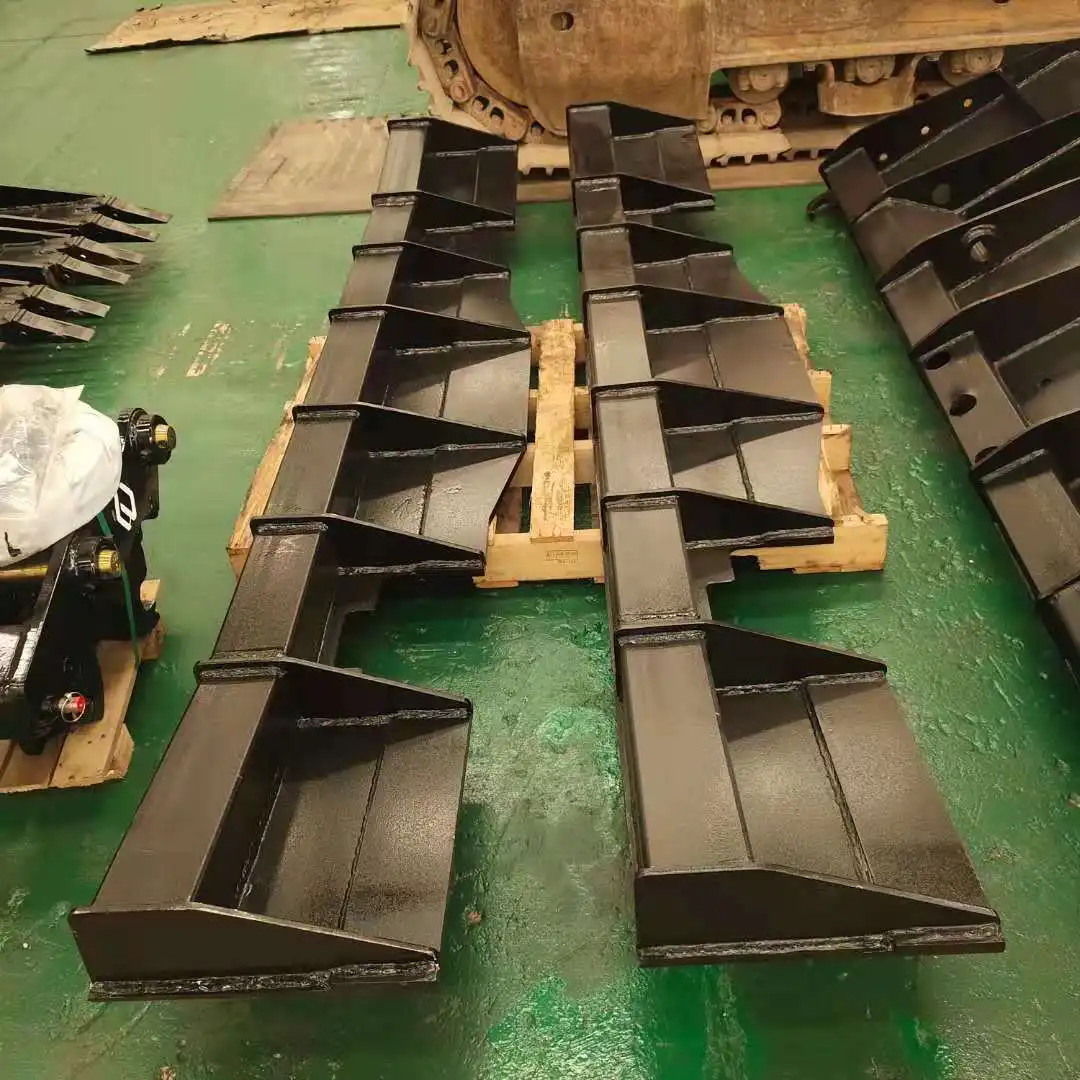
Suitable For Screening, Waste Handling
Effective Separation of Debris from Ballast
One of the key advantages of railway excavator dustpan buckets is their ability to effectively separate debris from ballast material. The bucket's design often incorporates screening elements that allow smaller particles to fall through while retaining larger ballast stones. This screening action is crucial for maintaining the quality of track ballast, which plays a vital role in track stability and drainage.
As the bucket moves through the ballast, it agitates the material, allowing finer particles, dust, and contaminants to be sifted out. This process not only cleans the ballast but also helps identify areas where ballast replenishment may be necessary, contributing to more comprehensive track maintenance strategies.
Versatile Applications in Railway Waste Management
Beyond ballast cleaning, railway excavator dustpan buckets prove invaluable in various waste management tasks along rail corridors. They excel in collecting and removing a wide range of debris, from organic matter like fallen leaves and branches to man-made waste that accumulates along tracks.
The bucket's large capacity and efficient collection design make it ideal for quickly clearing drainage ditches, removing snow and ice buildup, and managing vegetation overgrowth near tracks. This versatility makes the dustpan bucket a year-round tool for railway maintenance crews, adapting to different seasonal challenges and keeping rail lines clean and safe.
Improving Track Bed Quality and Drainage
By effectively removing fine particles and contaminants from the track bed, railway excavator dustpan buckets play a crucial role in maintaining and improving track bed quality. Clean, well-graded ballast ensures proper drainage, which is essential for preventing water accumulation that can lead to track instability and erosion.
The bucket's ability to reshape and level the track bed during cleaning operations also contributes to improved track geometry. This, in turn, enhances ride quality for trains and reduces wear on both rolling stock and track infrastructure. The result is a more resilient and efficient railway system that requires less frequent major maintenance interventions.
FAQ
1. How does a railway excavator dustpan bucket differ from standard excavator buckets?
Railway excavator dustpan buckets are specifically designed for track maintenance with a wide, flat bottom and reinforced edges. They excel in ballast cleaning and debris removal, unlike standard buckets which are more suited for general earthmoving tasks.
2. Can railway excavator dustpan buckets be used on different types of rail systems?
Yes, these buckets are versatile and can be used on various rail systems, including heavy freight lines, passenger railways, and urban transit tracks. Their design allows for adaptability to different track widths and maintenance requirements.
3. What materials are railway excavator dustpan buckets typically made from?
These buckets are usually constructed from high-strength alloy steel to withstand the abrasive nature of ballast and the harsh conditions of railway environments. This ensures durability and longevity in demanding maintenance operations.
4. How do railway excavator dustpan buckets contribute to environmental sustainability?
By efficiently separating debris from reusable ballast, these buckets reduce waste and the need for new materials. They also help maintain proper drainage, which can prevent erosion and reduce the environmental impact of railway operations.
5. What training is required to operate an excavator with a railway dustpan bucket?
Operators need specialized training in railway maintenance procedures, safety protocols, and the specific operation of the dustpan bucket attachment. This ensures safe and effective use of the equipment in the unique railway environment.
Railway excavator dustpan buckets are essential tools in modern railway maintenance. Their specialized design, combining efficiency with durability, makes them indispensable for keeping tracks clean, safe, and well-maintained. By improving ballast quality, enhancing drainage, and facilitating waste management, these attachments contribute significantly to the overall performance and longevity of railway infrastructure. As railway networks continue to expand and evolve, the role of these versatile and powerful tools in maintaining the backbone of our transportation systems will only grow in importance.
China Railway Excavator Dustpan Bucket
TianNuo Machinery, a leading manufacturer in China, offers high-quality excavator dustpan buckets designed to meet the demanding needs of the railway industry. Their products, including the railway excavator dustpan bucket with a width of 3400mm and height of 400mm, feature openings on both sides measuring 320mm. Crafted from high-strength alloy plates, these buckets ensure durability and efficiency in track maintenance operations. TianNuo Machinery's expertise extends beyond dustpan buckets to a comprehensive range of railway maintenance equipment and excavator accessories. For more information on their other products, contact us at arm@stnd-machinery.com.
References
- Johnson, R. (2022). "Advanced Track Maintenance Technologies in Modern Railways." Railway Technology Magazine, 45(3), 78-92.
- Smith, A. & Brown, T. (2021). "Innovations in Ballast Cleaning Equipment." International Railway Journal, 61(2), 112-125.
- TianNuo Machinery. (2023). "Railway Maintenance Equipment Catalog." TianNuo Machinery Product Catalog, 7th Edition.
- Thompson, L. (2020). "Best Practices in Railway Engineering and Maintenance." Railway Engineering Best Practices Guide, 3rd Edition. Railway Engineering Society.
- Davis, M. (2021). "Excavator Attachments for Specialized Applications." Construction Equipment Handbook, 5th Edition. Construction Industry Press.
- Wilson, E. (2022). "Optimizing Track Bed Maintenance Procedures." Railway Maintenance and Operations Manual, 9th Edition. International Railway Association.
About Author: Arm
Arm is a leading expert in the field of specialized construction and railway maintenance equipment, working at Tiannuo Company. Tiannuo specializes in manufacturing a wide range of products, including railway maintenance equipment like railway sleeper changing machines and screening machines, excavator modification equipment such as excavator lifting cabs, various engineering arms for excavators, excavator accessories like digging buckets, and engineering vehicle auxiliary equipment like loader buckets.
YOU MAY LIKE
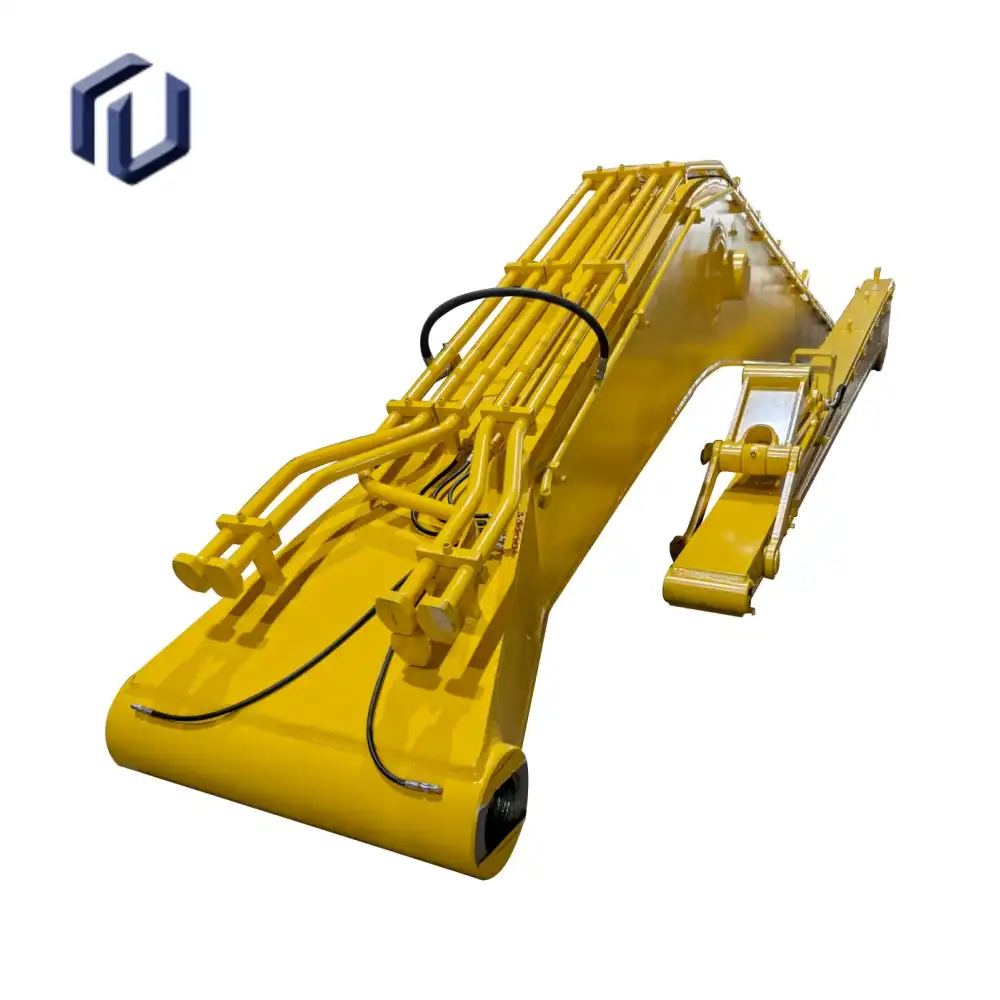 VIEW MORELong Reach Boom for CAT Excavator
VIEW MORELong Reach Boom for CAT Excavator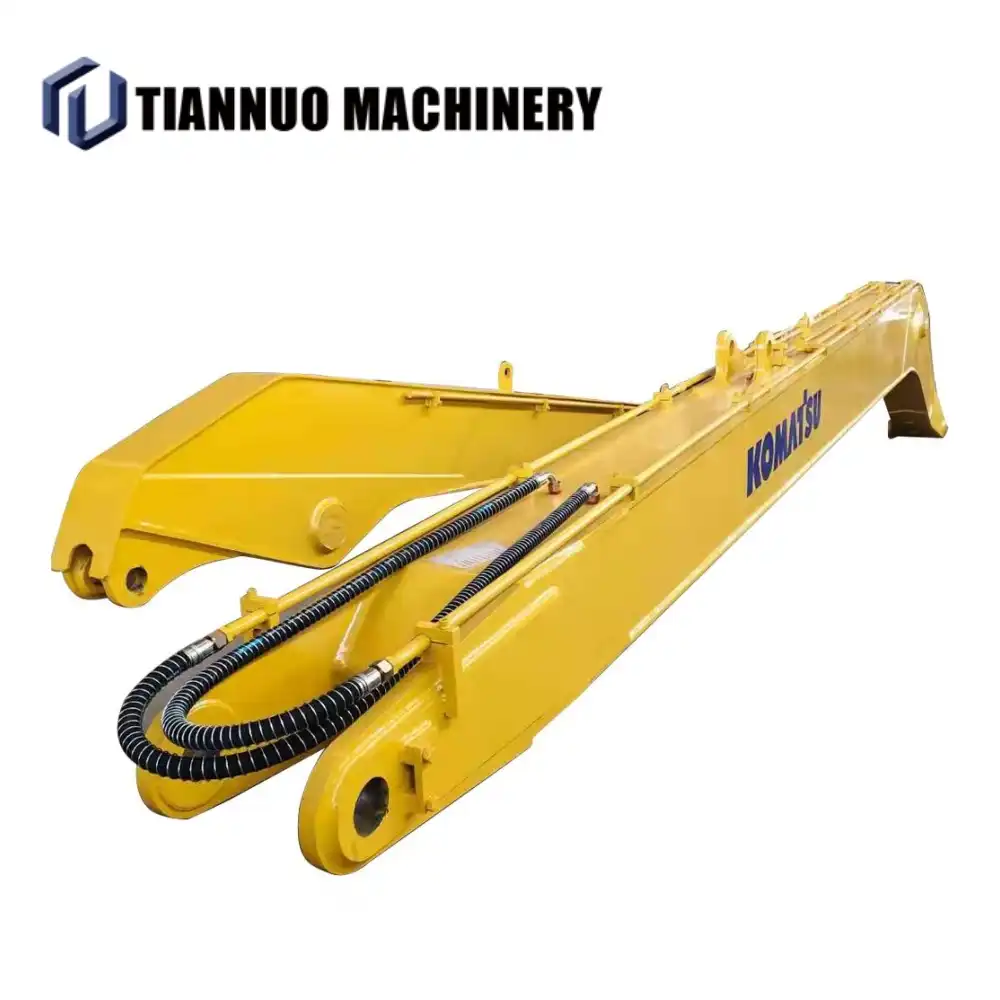 VIEW MORELong Reach Stick for KOMATSU
VIEW MORELong Reach Stick for KOMATSU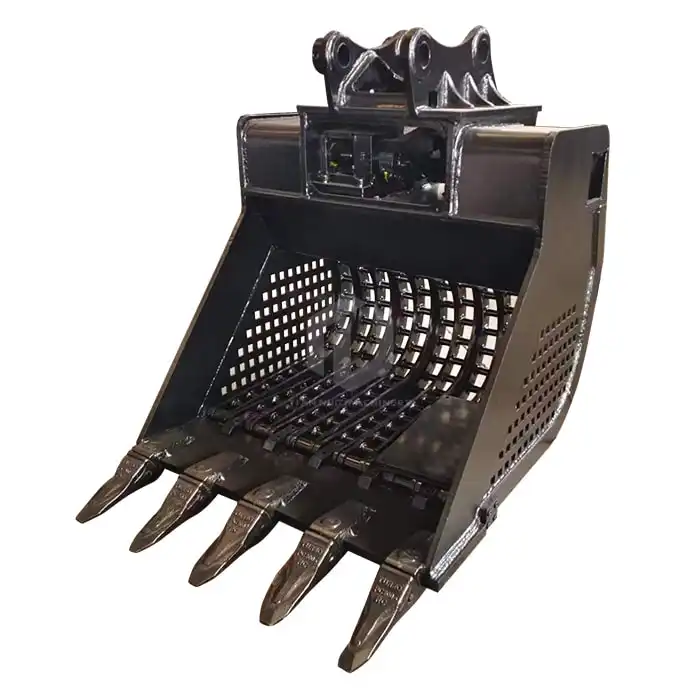 VIEW MOREExcavator High Frequency Screening Bucket
VIEW MOREExcavator High Frequency Screening Bucket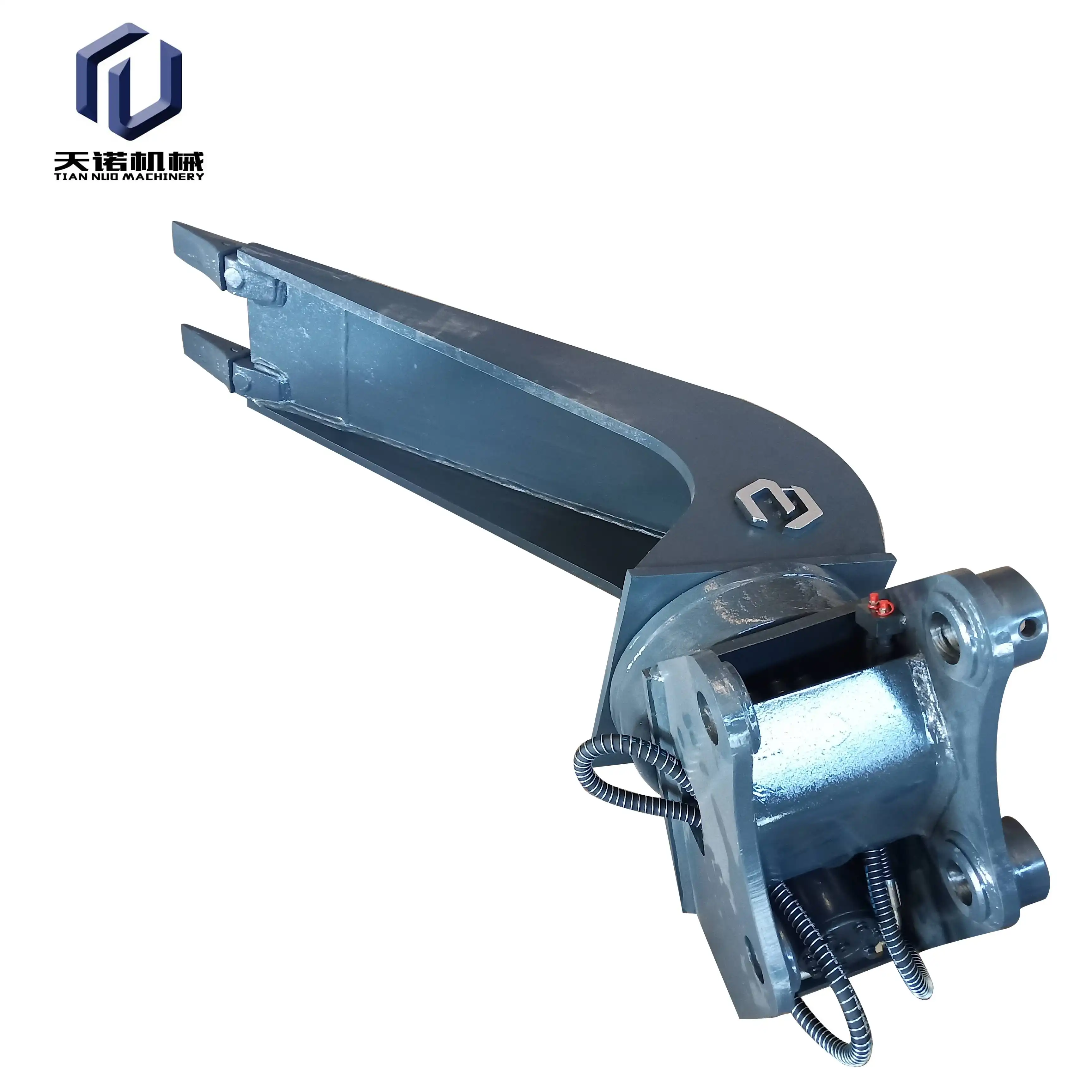 VIEW MOREExcavator ballast cleaning hopper
VIEW MOREExcavator ballast cleaning hopper_1733877348138.jpg) VIEW MORELoader Tire Protection Chain
VIEW MORELoader Tire Protection Chain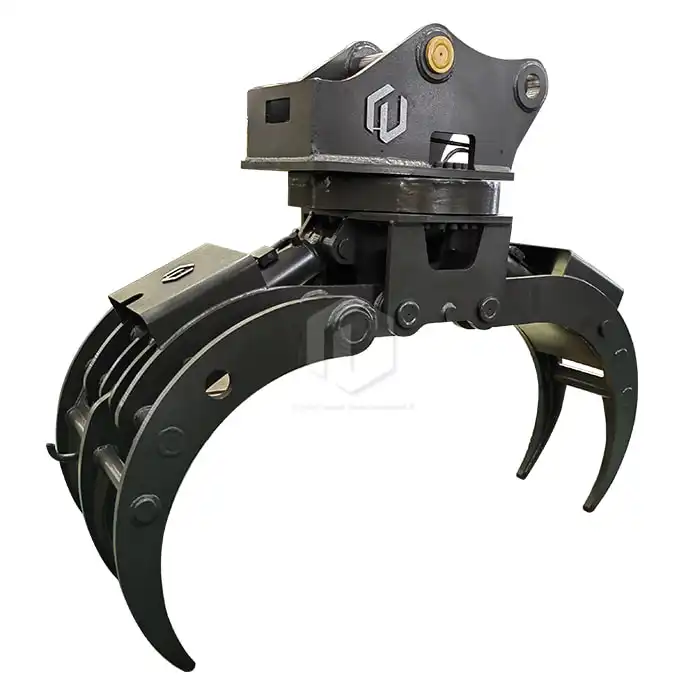 VIEW MOREExcavator Wood Clamps
VIEW MOREExcavator Wood Clamps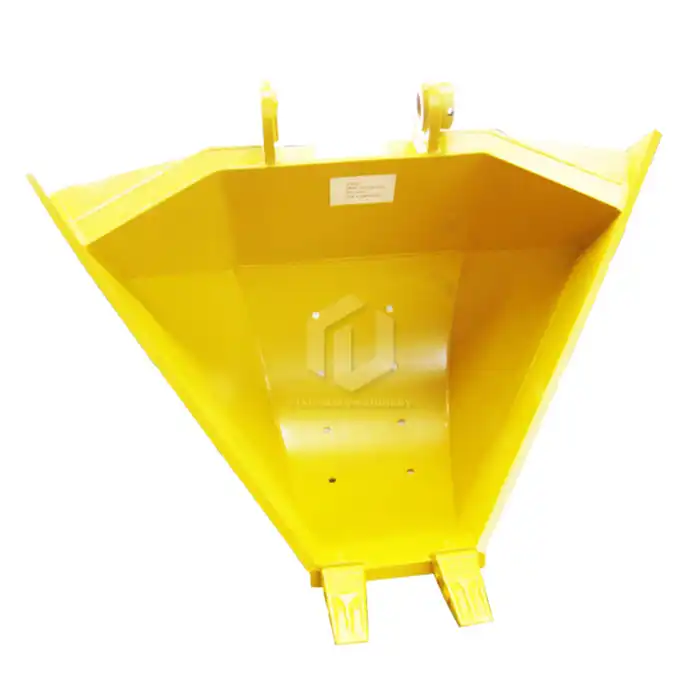 VIEW MOREExcavator Special-Shaped Bucket
VIEW MOREExcavator Special-Shaped Bucket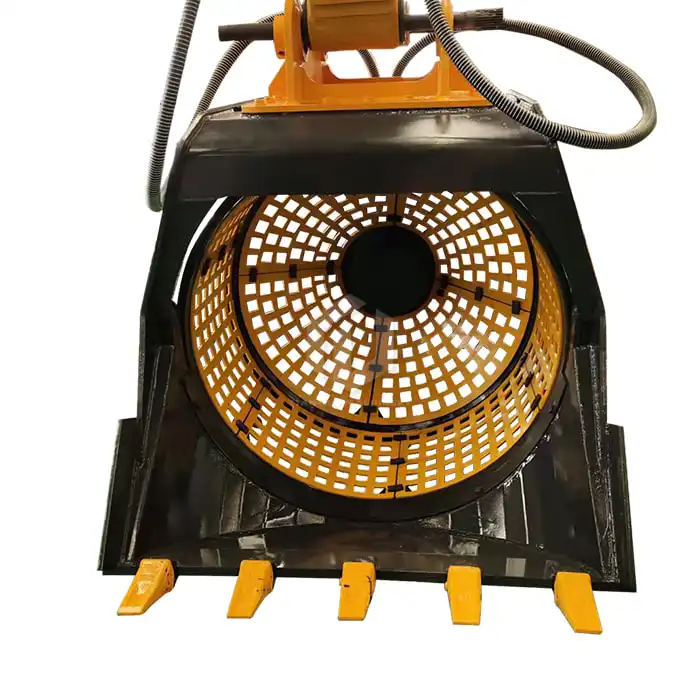 VIEW MOREExcavator Rotary Screening Bucket
VIEW MOREExcavator Rotary Screening Bucket

